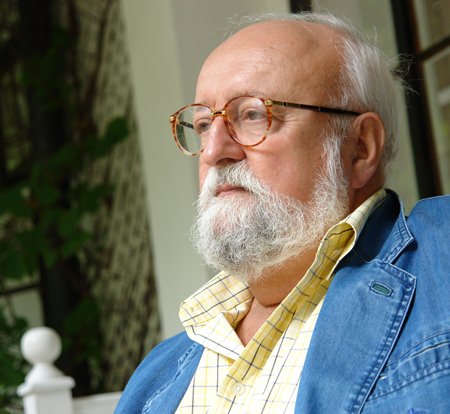
Do you recall that supernatural horror movie entitled The Exorcist from 1973? It was directed by William Friedkin and the plot was adapted from the novel of the same name by William Peter Blatty. That in turn was based on a factual book entitled Possessed by the American historian and author Thomas B. Allen. It described a series of bizarre events which took place in Maryland during the late 1940s surrounding an anonymous fourteen-year-old boy who became the alleged victim of demonic possession. The author gave the boy the pseudonym Robbie Mannheim, though various contemporary newspaper reports use the pseudonym Roland Doe. He was an only child and became attached to his Aunt Harriet who was a spiritualist. She introduced the boy to the Ouija board in which he evidently took a considerable interest.
According to Thomas B. Allen, after Aunt Harriet’s death the family experienced strange noises in the house, furniture moving by itself and objects such as vases flying or levitating when the boy was nearby. The devout parents turned to their Lutheran pastor for help who advised them to seek the advice of a Catholic priest. The boy eventually underwent a number of exorcisms, during which several unexpected and disturbing events became a serious cause of alarm. If these things interest you, I shall leave you to investigate the entire creepy matter for yourself. As the song Do-Re-Me suggests “start at the very beginning.” Begin your search into the world of the paranormal by typing into your search application the name “Roland Doe”.
The movie The Exorcist was notable for its use of extraordinary music. Lalo Schifrin was originally hired to compose the score but the director eventually chose music by Mike Oldfield along with excerpts from modern classical works by Krzysztof Penderecki, Anton Webern, Hans Werner Henze and the American composer George Crumb.
George Crumb (b. 1929): Black Angels. Abraxas Quartet (Duration: 22:22; Video: 1080p HD)
Black Angels is subtitled Thirteen Images from the Dark Land and dates from 1970. It’s scored for what the composer described as an “electric string quartet” whose members are also required to play a variety of other instruments including two suspended gongs, small percussion instruments and sets of crystal glasses, tuned by filling them with different amounts of water. The music often uses extreme registers of the instruments as well as extended bowing techniques such as bowing on the fingerboard or tapping the strings with a thimble.
The players are also required to add vocal sounds during the performance. The work has thirteen movements beginning and ending with a movement chillingly entitled Night of the Electric Insects. It was used with terrifying effect in The Exorcist.
By any standards this is extraordinary music, but it’s not for the faint-hearted. Be prepared for long periods of relative silence contrasted with sudden and devastating bursts of energy.
The title of this work is derived from the Greek word poly meaning “many” and morph meaning “shape” or “form”. Another Greek word – aukso (“growth”) was borrowed by the orchestra, one of Europe’s most progressive ensembles.
The composer Krzysztof Penderecki (kur-ZIHSH-tahf pen-deh-RETS-kee) has won numerous international awards and has been described by the UK’s The Guardian newspaper as “Poland’s greatest living composer”. Polymorphia dates from 1961 and it’s scored for forty-eight stringed instruments. It’s also probably one of the most scary-sounding works ever written. It was used both in The Exorcist and in Stanley Kubrick’s movie The Shining.
Polymorphia is conducted in this video by the composer himself and takes us on a journey into a dark pulsating sound world where there’s no conventional melody, harmony and rhythm. As Mr. Spock might have said to Captain Kirk, “It’s music Jim, but not as we know it”.
The composer sometimes calls for unusual playing techniques for which he devised his own form of notation. Parts of the work are based on sound interpretations of electroencephalograms, which as you may recall, detect electrical activity in the brain and record it the form of wavy lines. They were recorded at Kraków Medical Center while volunteer patients listened to Penderecki’s own piece, Threnody for the Victims of Hiroshima, thus creating a pleasing symmetry which must have brought the composer considerable satisfaction. You’d never have guessed that the music was inspired by brain waves, but it doesn’t really matter. It’s the thought that counts.
You need a good audio system to appreciate these two works at their best. The most satisfying way to hear them is to turn off the video and listen to the music in darkness. Be sure to keep any animals and small children out of the room and don’t blame me if the experience freaks you out.
 |
 |
 |





